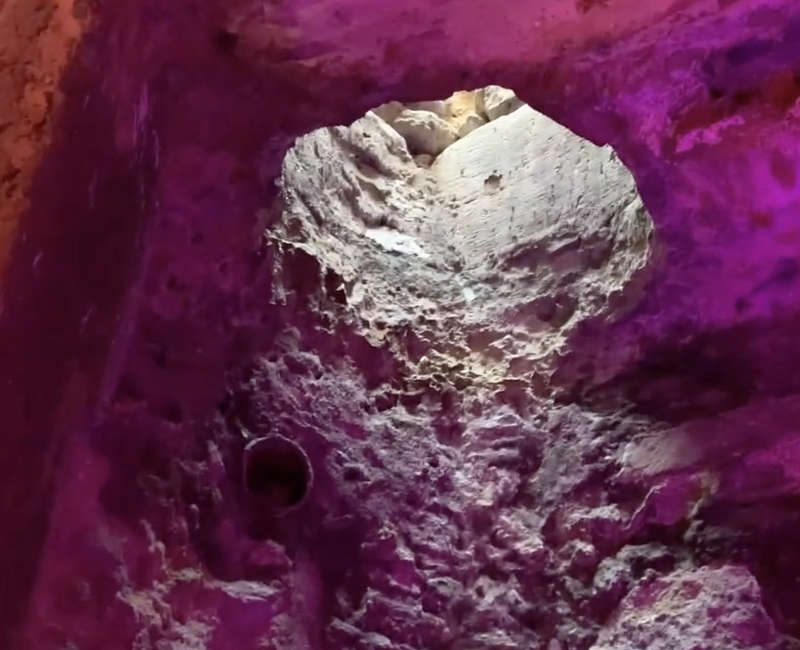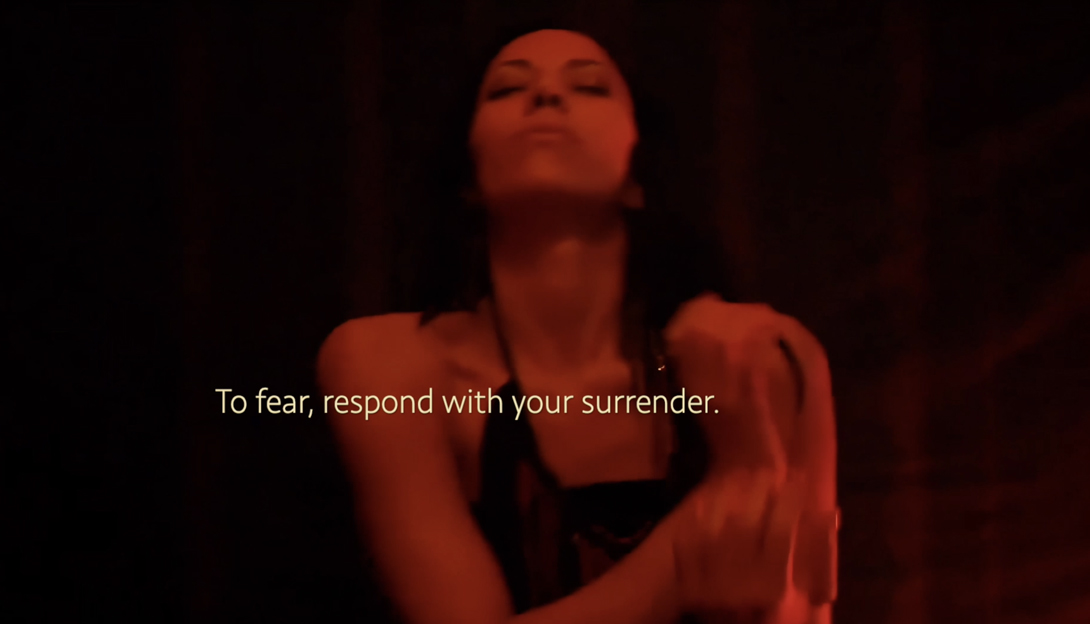Sound Intimacy
Sharing moments from a beautiful Monochord Monday session I was honored to join with the amazing Joule L’Adara, organized by Feeltone and We Play Well Together.
What is the most important thing to become a good Sound Practitioner? In my opinion, there is one essential element that cannot be overlooked, and I call it ‘Sound Intimacy‘.
We can know all the theories in the world about sound, master all musical techniques, and be experts or devotees of the finest philosophies or spiritual traditions related to sound. Yet, without an intimate relationship with sound itself, the practice becomes sterile.
Sound Intimacy is a dimension where the mind does not interfere by imposing its filters. It is a visceral and direct encounter with the sonic material: you and the sound, open to whatever may arise—without expectations, without rules, without molds. Like any relationship, it demands time and dedication. It requires being present, experimenting with patience, humility, and wonder.
And, like any relationship, it can sometimes be challenging. We get frustrated when we don’t achieve what we want to achieve, we fight with the instrument or ourselves, we envy the “sounds of others,” and so on.
For me, the key to a good relationship is Receptivity. Often, we think of playing as “doing something” to the instrument, but I propose another perspective: when we explore sonic universes, we are mostly receptive. In fact, we are always in a state of receiving from the collective soundscape. These intimate encounters with sound become meaningful and profound if we first reflect on our state before the encounter:
- How do I approach the instrument?
- What do I expect from this meeting?
- Where does the movement of my hand originate to produce the first sound?
- Who is moving it?
Different initial states lead to very different sonic responses. Try it yourself.
After the first contact, the first caress, the instrument responds—and that is the opportunity to open ourselves to the wonder of what it offers. Listen to what is produced—always unique, always fresh, even if it’s an electronic instrument.
- What does it evoke in me—in my body, in my feelings?
- How will I respond? With a preconceived idea of what must be achieved or through a natural movement?
- Where is it leading me?
- What is the sound inviting me to explore?
What we often call a “mistake” (which almost always leads to frustration, disconnection from the body, and the mind’s judgments) is, in most cases, a path we are being guided to explore. When we are having an intimate encounter with sound (and not practicing a score), the fear of making mistakes often paralyzes us and clips our wings.
Learning to relax, let go of the mind’s judgments, return to the body, and embrace everything that arises is a valuable practice to deepen our relationship with sound (and with everything else!).
Sometimes, the challenges of entering receptive states go beyond our relationship with music (an inability to receive, to be open to the new, to pleasure, etc.). Working on this at a personal level can be incredibly fruitful. As many colleagues say: “You are the instrument.”
These are just the first steps on an infinite path of exploration…
I hope this has sparked within you the desire to explore this path of never-ending joy.






